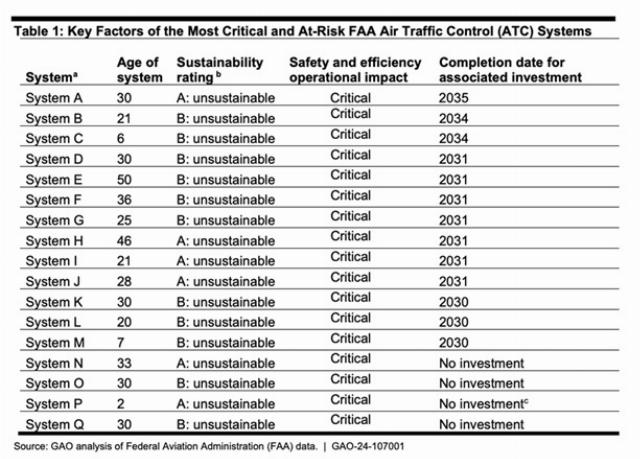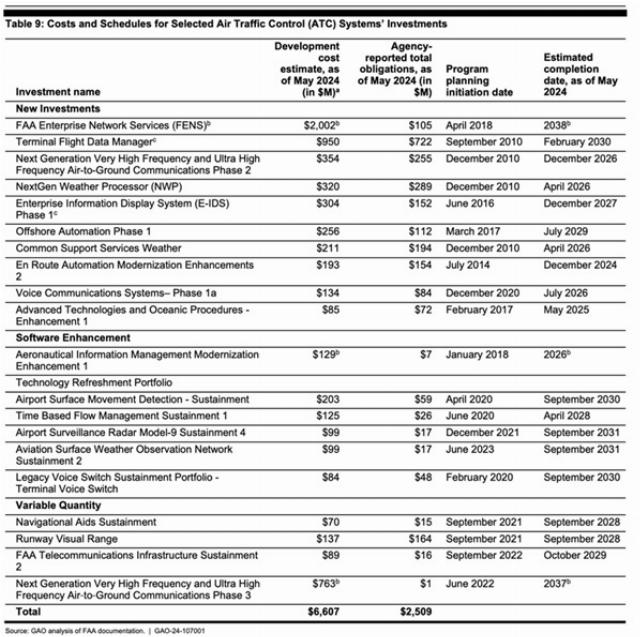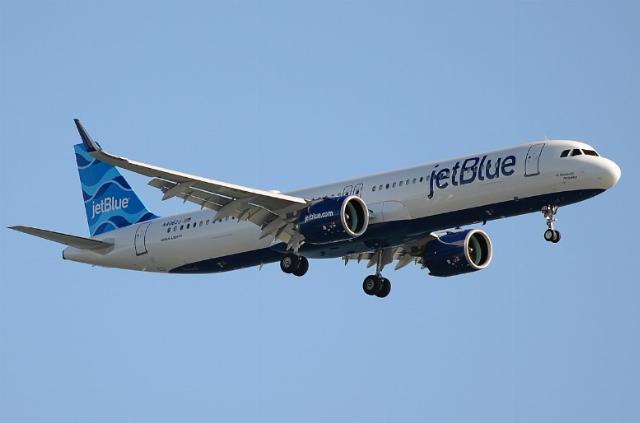Can You Trust that Airplane?
A terrifying report released on March 4 by the Government Accountability Office (GAO) highlights alarming concerns regarding the state of the Federal Aviation Administration (FAA)’s infrastructure, or the nation’s airports and national airspace. According to the report, the agency’s aging systems, some of which date back several decades, are no longer able to meet the growing demands of the aviation industry. The GAO warns that this situation requires urgent action to modernize critical systems to ensure safety, efficiency, and capacity in the face of expanding air traffic.
The GAO’s investigation was prompted by a January 2023 shutdown of the national airspace. The September 2024 GAO report recalls the incident.
On January 11, 2023, the system became temporarily unavailable to users. To ensure safety, FAA grounded all departing aircraft for about 2 hours to fix the system. The outage caused over 1,300 flight cancellations and almost 10,000 flight delays throughout the day. Some airlines took several days to fully recover.
This incident underscored the vulnerabilities in the FAA’s infrastructure and the severe consequences of system failures. The GAO’s findings highlight that many of the FAA’s systems are dangerously outdated, unable to handle modern air traffic management demands.
The FAA’s Aging Infrastructure: A Growing Risk
The FAA oversees a vast array of systems that are crucial for the safe and efficient operation of the national airspace. These systems include radar, communication networks, weather tracking, air traffic control systems, and more. All are increasingly vulnerable due to their age, a lack of spare parts, and the rising complexity of modern air travel.
The report explains that the FAA faces a serious backlog in updating these systems, including its NextGen Air Traffic Control (ATC) system. NextGen will be the move from “a ground-based ATC system that uses radar, to one based on satellite and digital communications.”
Among the key factors contributing to these challenges are the the obsolescence of parts, increased airspace demand, and expanding mission needs. These factors, though inevitable in a growing and fast-moving industry, have put significant pressure on the FAA’s infrastructure. The rise in air travel demand, expected to grow by 6.2% annually, has increased the complexity of managing air traffic, while parts shortages and the difficulty of maintaining obsolete technology make it even harder for the FAA to keep pace.
The Severity of the Problem: Outdated and Unsustainable Systems
One of the most concerning findings from the report is that 51 out of 138 FAA systems are considered “unsustainable.” This means that these systems are not just outdated; they have reached a point where they can no longer be relied upon without significant risks to the safety and efficiency of airspace operations.
A deeper look at the current state of the FAA’s critical systems reveals the extent of the problem. Of the FAA’s most essential systems, 17 are an average of 26 years old. These aging systems are increasingly prone to breakdowns and malfunctions, leading to higher chances of delays, inefficiencies, and — worst of all — safety risks. Moreover, four of the critical systems in need of an upgrade have “no ongoing investments,” meaning there are no plans to update them. This is especially troubling considering that three of the FAA’s most critical systems are more than 30 years old.

The GAO also found that air carriers are contributing to the issue by not consistently keeping up with “equipage for certain navigation, communications, and surveillance avionics[.] ... [A]ircraft not equipped with advanced avionics for navigation can cause slowdowns at certain airport hubs, even for aircraft that are equipped, since controllers must use procedures that align with each aircraft’s equipage.”
Additionally, navigation systems such as approach runway lighting systems have been found to have a “high failure risk” because some of the equipment “cannot be supported or cannot be repaired with personal computer-based equipment.”
The Challenge of Modernization: Delays and Financial Constraints
These systems may have been cutting-edge when they were first deployed, but they were never designed to handle the scale of modern aviation, where technological advancements in aircraft, communication systems, and air traffic management have dramatically raised the bar for safety and efficiency.
The FAA’s plans for modernization are not only insufficient, but also dangerously delayed. The agency anticipates that some of its critical systems will not be modernized for another 10 to 13 years, potentially leaving a significant gap in safety and operational reliability during that time. For example, the FAA Enterprise Network Services (FENS) are not expected to be completed until 2038. In lay terms, FENS
will provide FAA with modern ethernet/internet protocol telecommunications infrastructure (e.g. cabling) to, among other things, enable highly available and secure voice and data communications and networking capabilities needed to enable critical operations.

The challenges of modernizing the FAA’s aging systems are not purely technical. Financial constraints, the pandemic, shifting political priorities, and the complexity of overhauling such an extensive and intricate network of systems have all contributed to delays in addressing the problem.
The GAO’s recommendations aim to improve the management and oversight of the FAA’s Air Traffic Control (ATC) modernization projects. The goal is to ensure that investments in these projects are well managed, properly allocated, and effectively monitored to avoid delays, cost overruns, and mismanagement. In many cases, the FAA has failed to establish clear baselines, goals, or budgets, making it difficult to measure progress or performance.
Specifically, the GAO made seven recommendations to the FAA, with the goal of enhancing accountability and transparency in ATC modernization projects. One key recommendation is for the FAA to report to Congress on how the FAA is “mitigating risks associated with all unsustainable and critical systems identified in the agency’s annual risk assessment.”
In some cases, the FAA was not following the proper protocols. As such, another GAO recommendation urges the FAA to pursue proper oversight from the Joint Resources Council (JRC). The JRC must review all necessary documentation and ensure that investments are appropriately justified before they are authorized to proceed into future phases. JRC oversight will ensure that “acquisition management documentation” is finalized before projects are approved to move forward.

Image: Fletcher via Wikimedia Commons, CC BY 4.0.





